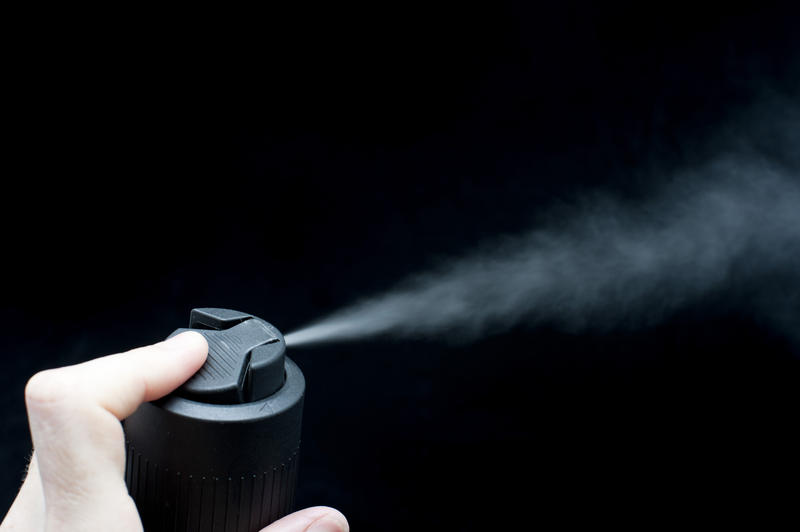
Someone might think: why does a label need lamination, because the film itself tolerates climatic imbalances relatively well, has a low photosensitivity, and creates a bright picture? This is true, but vinyl is not omnipotent.
Daily contact with other objects works like "constant dropping wears away the stone": after a month or two, the vinyl sticker looks shabby and unhappy. A thin film layer, applied with a thermal protection method, helps the polymer sticker to cope with this problem. Frequent changes in temperature, changing activity of the sun lead to the "aging" of the stickers.
When it makes sense to laminate
- The sticker is placed in places where it can be damaged by vandalism.
- The sticker is glued where it has increased abrasion (public transport doors).
- The product is a valuable item, created using elements of highly artistic execution.
4 types of laminated coatings
Matte
The film is fixed with a transparent adhesive. It slightly reduces the original brightness of the shades of the image or lettering, including deep tones. It is in demand due to its presentable appearance and lack of glare when exposed to sunlight. It is produced with an even coating and a formed texture.
Diamond matte
Complemented with iridescent splashes, adding a special appeal to vinyl stickers. The material has a texture reminiscent of a fine abrasive. The female audience is more fond of spectacular gradients, so manufacturers release stickers for mobile phones and computer gadgets for ladies.
Matte hardened
If the usual protective film has a thickness of 85 microns, then here it is increased to 180 microns. It even more reduces the brightness of colors, so it is not recommended for very light shades. But it eliminates the appearance of fingerprints, is not scratched, has almost zero elasticity and a low degree of wear. If you buy vinyl stickers of this type, you can apply them under your feet.
Glossy
Those who are not afraid of glare in daylight, bright artificial light choose gloss. The label is produced with a perfectly flat and structured surface. The only drawback is the rapid appearance of traces of settling dust and fingers.
A sticker, the production of which involves lamination, has an increased cost compared to a conventional analogue. At the same time, it looks more stylish and performs its functions longer.

